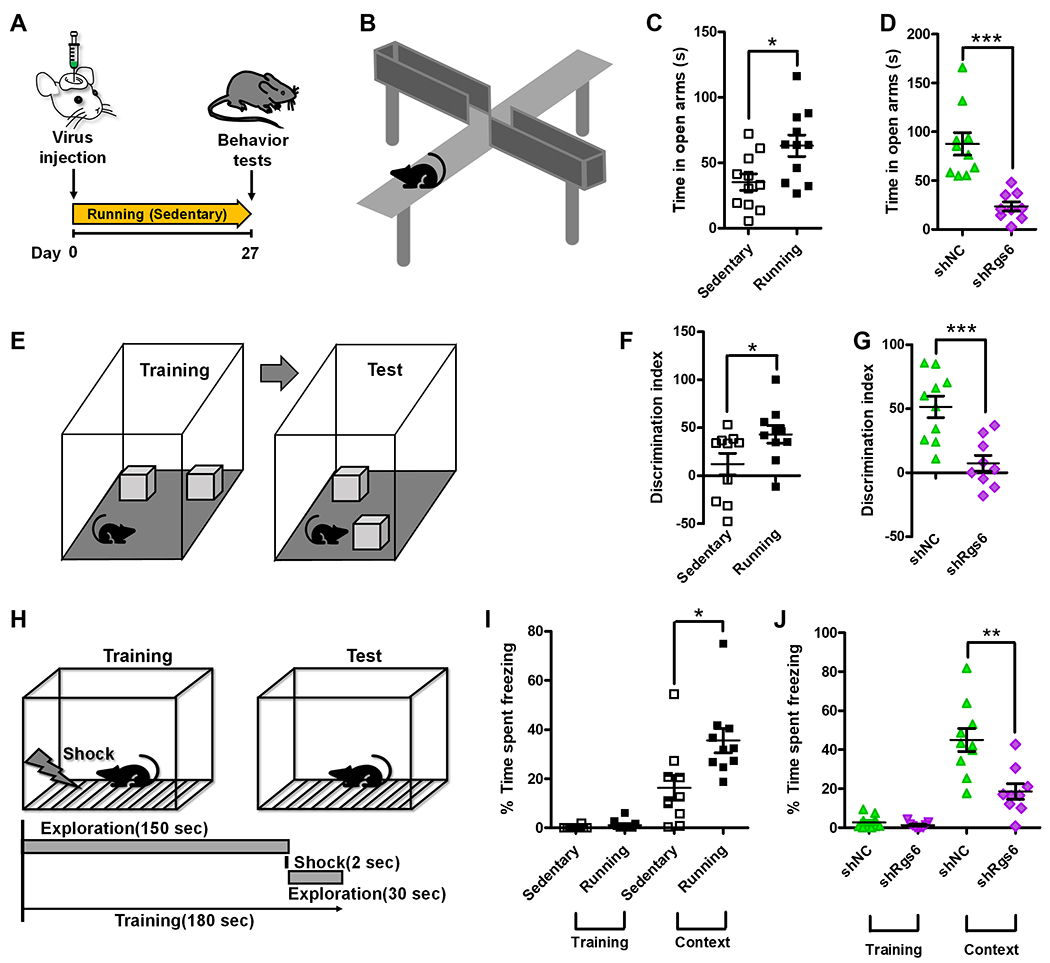Figure 7. RGS6 is Required for Running-induced Learning and Memory Enhancement and Anxiolytic Effect.

(A) Experimental timeline for assessing the effect of RGS6 knockdown on anxiety, spatial learning and memory in running and sedentary mice.
(B) A scheme cartoon illustrates elevated plus maze (EPM) test.
(C) Running mice exhibit reduced anxiety compared to sedentary mice as measured using an EPM test (P= 0.0141, Sedentary: 35.22 ± 6.25; Running: 63.02 ± 8.21).
(D) Knockdown of Rgs6 abolishes running-induced reduced anxiety in running mice (P= 0.0001, shNC: 87.60 ± 11.46; shRgs6: 23.51 ± 4.73).
(E) A scheme cartoon illustrates novel location test (NLT).
(F) Running mice exhibit improved spatial learning compared to sedentary mice measured by NLT (P= 0.0485, Sedentary: 12.07 ± 11.38; Running: 43.08 ± 9.233).
(G) Knockdown of RGS6 abolishes running-induced improvement on spatial learning in running mice (P= 0.0007, shNC: 51.46 ± 8.36; shRgs6: 7.27 ± 6.27).
(H) A scheme cartoon illustrates contextual fear conditioning test.
(I) Running mice exhibit improved contextual learning compared to sedentary mice measured by a contextual fear conditioning test (P= 0.014, Sedentary: 16.35 ± 5.05; Running: 35.54 ± 4.93).
(J) RGS6 Knockdown abolishes running-induced improvement on contextual learning in running mice (P= 0.0021, shNC: 45.01 ± 5.85; shRgs6: 18.61 ± 4.04). *P< 0.05, **P< 0.01, ***P< 0.001. Data are presented as mean ± s.e.m.
